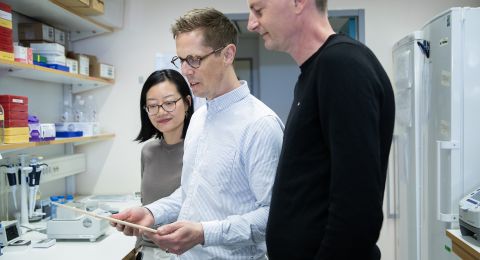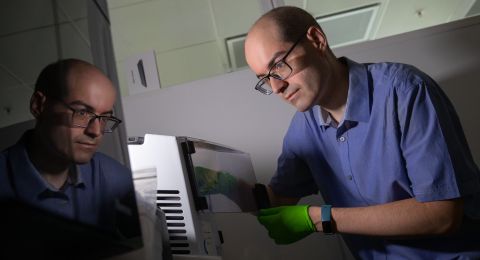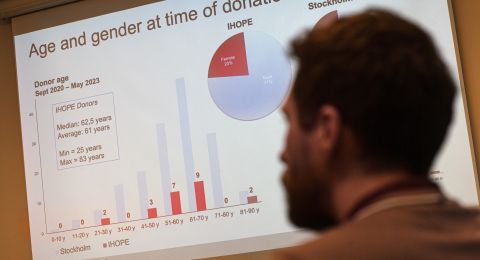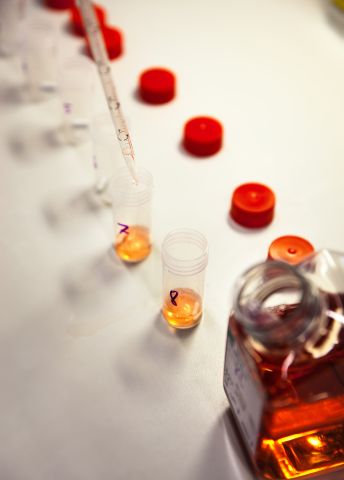
Project Grant 2015
Deciphering Antigen Presenting Cell Subset Function and Regulation in Chronic and Acute Bacterial Infections – Relevance for Vaccines and Immune Therapy
Principal investigator:
William Agace, Professor of Immunology
Co-investigators:
Bengt Johansson Lindbom
Fredric Carlsson
Jenny J Persson
Marcus Svensson Frej
Institution:
Lund University
Grant in SEK:
SEK 41.5 million over five years
Sometimes the collaboration involved in research poses almost as great a challenge as the research itself. If it is hard to get along on the way to the goal, the journey there may be a troublesome one. But there seems to be little risk of that in this case. There is much lighthearted banter and amiable teasing when the leaders of the research project get together to talk about their work.
“This is the first time we have worked so closely with one another, but the department is already jam-packed with collaboration, and we get on really well. I think this collaboration will be very fruitful indeed,” says William Agace, Professor of Immunology.
The infections on which the team will be focusing are two of the most problematic ones in the world. About a third of the global population live with chronic tuberculosis, and nearly two million people die from the disease each year. Group A streptococci (GAS) cause about half a million deaths a year.
“Both bacteria are in the top 10 list of deadly infections. If you consider not only fatalities, but also all the diseases that GAS can cause, then huge numbers of people are affected,” says Jenny Persson, who is an expert on the interaction between the bacterium and the infected host.
Dendritic cells affect the body’s defenses
At the heart of the research project are what are known as dendritic cells. These form part of our innate immune system, and are found in all body tissues. Our innate immune system reacts swiftly when intruders are detected. This is what causes inflammation, for example, as the body battles microorganisms.
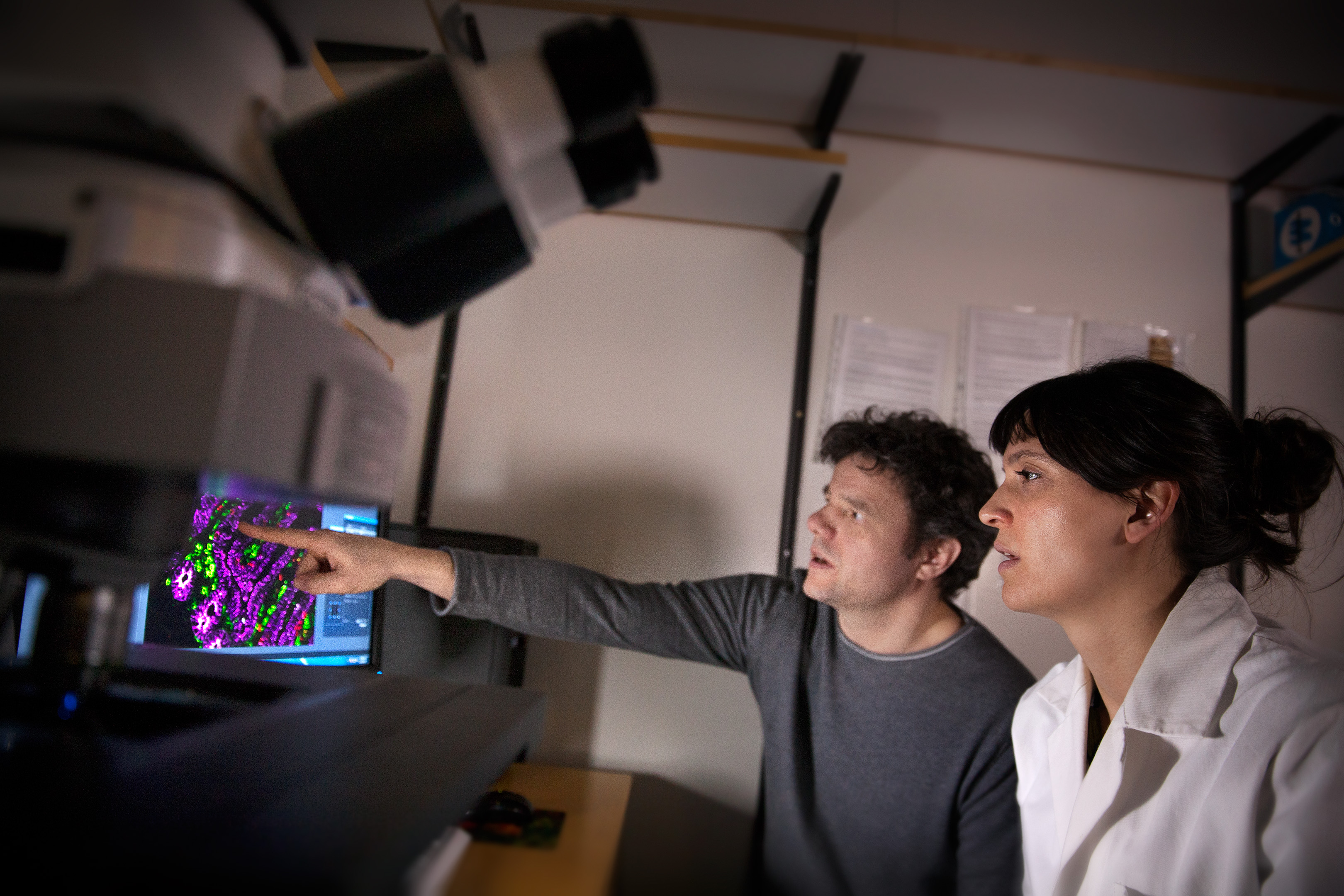
But dendritic cells also play a key role in the next level of defense, the adaptive immune system. This second line of defense needs more time to mobilize, but is more effective than the innate system. It adapts to the specific infection it faces. Key players in this process are dendritic cells, which gather up antigens in the tissue and break them down into small pieces. Those pieces are then presented to the cells of the adaptive immune system, which can then mount highly effective responses, including antibodies, to attack the intruder.
Breaching the immune system
But when tuberculosis bacteria or GAS attack the body something seems to go wrong. GAS can cause serious acute infection that our innate immune system is unable to cope with. In tuberculosis it appears that the adaptive system also gives way.
“The adaptive immune system is normally triggered into action within a week or two, and then kills the bacteria. But in the case of tuberculosis it takes up to six weeks, and even then the bacteria do not die. They stop growing but remain in the body. The infection therefore becomes chronic,” explains Fredric Carlsson, who heads the infection immunology research team.
We know very little about why this happens. But the researchers in Lund believe dendritic cells may hold the key. They are found in a number of variants, which probably serve different functions. It seems as though these two types of bacteria can inhibit dendritic cells, preventing them from triggering the immune system.
To find out how this happens, the researchers will be culturing dendritic cells of different types, sorting them according to their genes and different markers on their surface, and studying how they work in the lab environment. They are also studying mice that have been genetically modified so as to lack certain types of dendritic cell to see how this affects the way they react to infections.
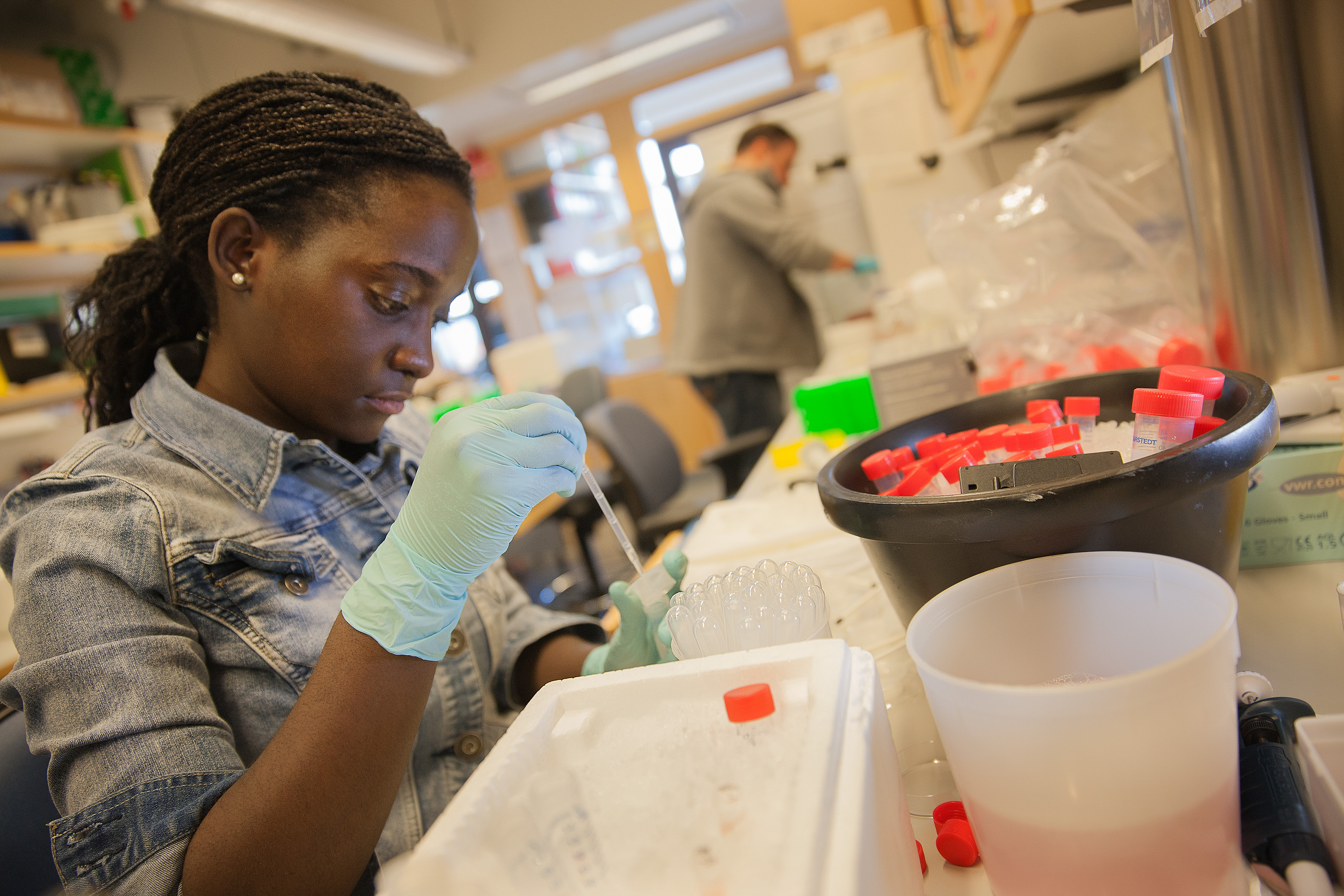
Unusual collaboration yields broader knowledge
“We have researchers covering all parts of the chain, from bacterial function to cellular adaptive immunity. Collaboration across such a broad spectrum is unusual in Sweden,” says Professor Agace.
The researchers hope that the new knowledge they acquire will lead to better vaccines. A vaccine against tuberculosis has existed for many years, but it does not work very well. This is probably precisely because the bacteria prevent the immune system from working properly. If the system is impaired, vaccination will not be effective.
The researchers in Lund are focusing on tuberculosis and GAS infections because they are experts on these two types of bacteria, and the two fields go well together.
“These two bacteria are fundamentally unlike one another. If we understand both of them better, this will provide a broad span of useful information about infection. That information might be of use in studies of many other bacteria,” Dr. Carlsson comments.
Text Lisa Kirsebom
Translation Maxwell Arding
Photo Magnus Bergström
